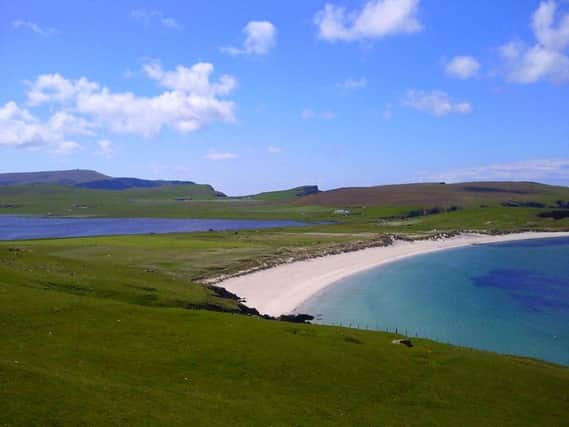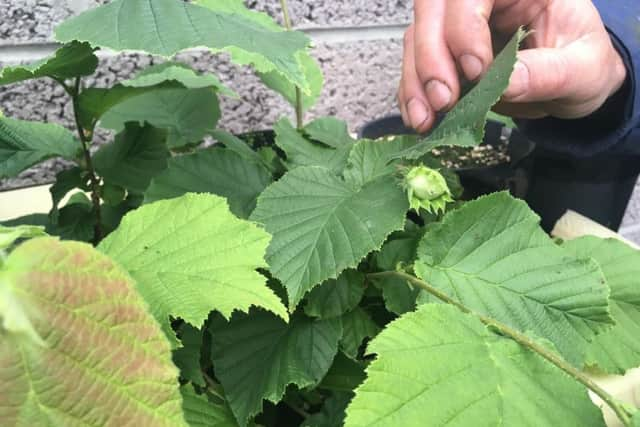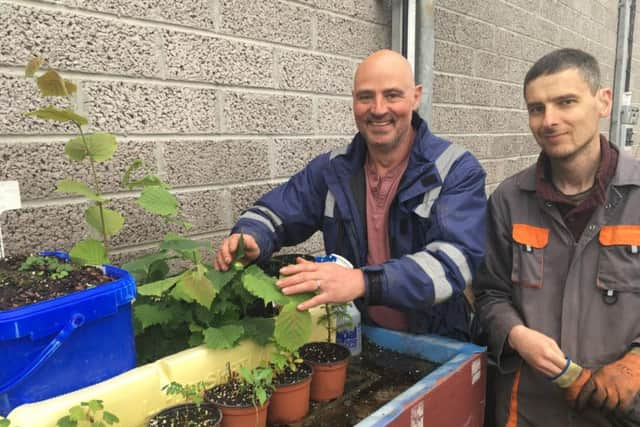Shetland's lost ancient woodland brought back to life with a single hazelnut


A native hazel tree at Punds Firth has been cloned and pollinated to produce the nut with it now possible the islands could produced hazelnut crops within next three years.
The Punds Firth hazel was one of two remaining on the islands but it has now disappeared after being damaged by a sheep.
Advertisement
Hide AdAdvertisement
Hide AdGrowing a hazelnut from one of its clones has been described as an "incredible achievement" on islands which were once covered in woodland and scrub 5,000 years ago but are now considered to be largely treeless.


"We didn’t know if it would work and it was a long wait to find out. We couldn’t believe it when we came in one day and spotted the hazelnut appearing from under the leaves.”
Mr Goddard said trees started to disappear from the landscape around 5,000-years-ago - around the time humans started to inhabit the islands.


He added: "It is also a period when our climate began to change and became cooler and wetter. Both are thought to be contributing factors in the demise of our native woodlands.”
Until recently there were two native hazel trees growing in Shetland, one in a ravine at Catfirth and the other at an island holm at Punds Water, Northmavine. The tree at Catfirth still stands.
The Shetland Amenity Trust germinate over 5,000 trees each year and recently assisted with tree planting at the new Anderson High School.
When digging at the site they found relics of native birch in the peat. The Trust have supported many communities, crofters and land owners in planting trees and can provide support and advice on planting and grants that might be available.
The horticultural unit will be hosting an open day as part of the Shetland Nature Festival where you can come along and find out more.
The hazel tree and its nut will be proudly on display at Shetland Nature Festival on Friday, July 12.